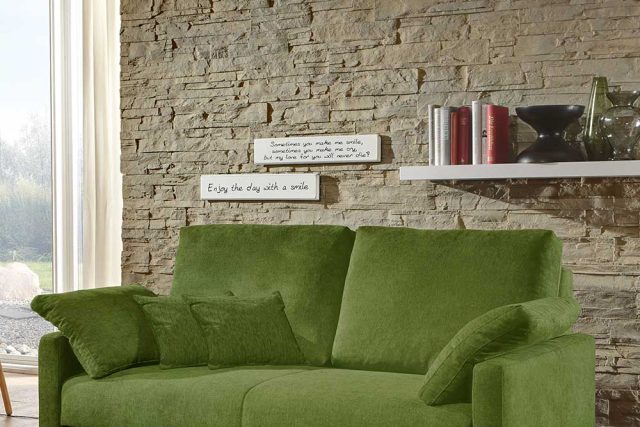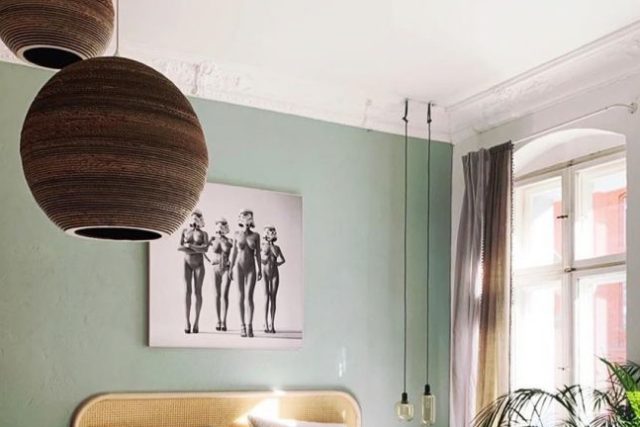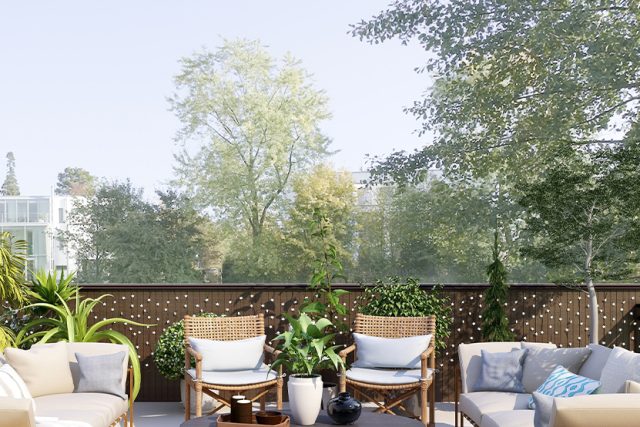Portrait photography is all about capturing the essence of a person, and lighting plays a crucial role in achieving that. Poor lighting can make even the most beautiful person look unflattering, while excellent lighting can bring out the best in people. In this article, we will take a deep dive into portrait lighting and explore various techniques that can help you master this art form.
Understanding Light
Light is the primary ingredient of photography, and there are various types of light sources available. However, not all light is created equal when it comes to portrait photography. Soft light, such as that produced by a cloudy sky or a large light source like a softbox, is ideal for portraits. On the other hand, harsh light, such as that produced by direct sunlight, can be unflattering and create harsh shadows on the face.
Tips for Using Natural Light
If you’re shooting outdoors, the best time of day for portraits is early morning or late afternoon when the sunlight is softer. Position your subject in the shade to avoid harsh shadows and use a reflector to bounce light back onto their face.
Using Artificial Light
Artificial light sources, such as strobes, continuous lights, or speedlights, can help you create the perfect lighting condition regardless of the time of day or weather outside. In this case, you are in full control of the light source, intensity, and direction.
Portrait Lighting Techniques
There are several lighting techniques that you can use to achieve different effects in your portraits.
Rembrandt Lighting
This technique is named after the famous Dutch painter Rembrandt, who often used this lighting style in his paintings. In this technique, the light source is placed at a 45-degree angle to the subject, creating a triangular shape of light on the opposite cheek. It produces a dramatic effect, creating depth and shadow on the face.
Butterfly Lighting
Also called “Paramount lighting,” this technique is commonly used in beauty photography and glamour shots. The light source is placed directly in front of the subject, above their head, creating a butterfly-shaped shadow under the nose. This technique is especially flattering for women as it emphasizes the cheekbones and eyes.
Loop Lighting
Loop lighting is a beautiful and straightforward lighting technique that can be used for almost any type of portrait. The light source is placed slightly higher than the subject, and you can move it closer or further away to control the light’s intensity. It creates a small loop-shaped shadow on the cheek opposite to the light source, producing a natural, soft look.
Portrait lighting is an art form that takes time and practice to master. By understanding light and various lighting techniques, you can create stunning portraits that capture the essence of your subject. Remember that there’s no one-size-fits-all approach, and different techniques work better for different subjects and situations. So experiment, have fun, and keep learning!



Hottest Posts
Floor lamp / Lighting
Introducing the New Chinese Rattan Floor Lamp: A Stylish Addition to Your Home
Table lamp / Lighting
Timeless Elegance: Vintage Brass Gear Table Lamp
Pendant light / Lighting
Japanese Log Grid Ceiling Lamp: A Unique Lighting Option
Lighting / Pendant light
Bohemian-Inspired Chandeliers: Adding Colorful Flair to Your Space
Pendant light / Lighting
Enhancing Spaces with Modern LED Line Lights
Lighting / Table lamp
Vintage Charm: Retro Table Lamp in American Style